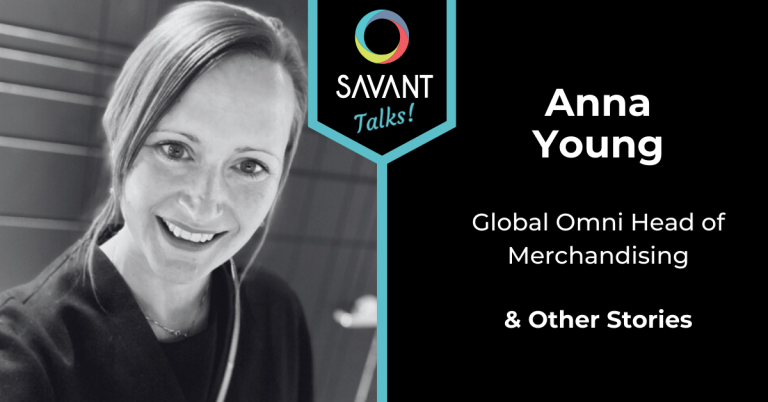This week we had the great pleasure of interviewing Les Brookes, the CEO of Oliver Wight EAME, one of our Supply Chain Congress sponsors.
Q1. What are the key opportunities for business in 2020?
The last decade has seen unprecedented development and advances in technology, which have been instrumental in propelling organisations towards the future. Blockchain, AI and IoT have been the buzzwords of the last few years, infiltrating the mainstream lexicon and appearing in headlines, in articles and dropped into business meetings and sales pitches. Even if there is also sometimes underlying confusion as to what these technologies actually do, we are definitely seeing a move towards enterprise connectivity and for the first time it appears that technology will help deliver a truly integrated system, with financial projections and integration of strategic plans with a rolling planning horizon and the capability to integrate across the entire enterprise.
Q2. What are the challenges you see your clients are facing in 2020?
Getting a firm grasp on how to properly harness the power that digital disruption has ignited is proving to be harder than many organisations had anticipated. The volume and complexity of data is far more than can be dealt with, without the aid of technology. These technologies are paving the way for value creation, collaboration and improved margins for organisations savvy enough to adopt them. However, whilst many companies have the budget to buy, many lack an effective plan to apply. So, as technology drives greater understanding of data, business leaders will need to ensure more than ever before that they have an effective IBP process to leverage their decision-making and therefore take greater control of their performance delivery.
2020 will see a resurgence of people-defined processes targeted at maximising the benefits of new technology. People will need to be stretched to maximise the opportunity, and education will be an absolute requirement to drive significant change. However, history is littered with failed companies who chased the ‘next big thing’ for a quick fix and big returns but neglected to invest in the necessary organisational and operational changes to realise the potential of their investment. So, the big question remains, how many organisations will have learnt the lessons of the past that people and process must come before the tools?
Q3. How can you build a strategic collaboration with your suppliers?
‘Supply Chain 4.0’ is dependent on automated, well-connected systems from cashpoint to manufacturer, guided by impeccably organised behaviours and processes within a well- structured organisational framework. Volatility and unpredictability are now the norm, which means an optimised go-to-market strategy is pivotal, to ensure the supply chain is able to respond rapidly to constantly changing market conditions. A mistake many companies make is trying to just optimise the front end of the supply chain, focusing on improving forecast accuracy or reducing inventory, for example. They fail to recognise that to sufficiently serve the front-end, the entire supply chain needs to be optimised, sometimes with a full restructure. It is typical for organisations to focus on the six or seven key nodes in the supply chain that are closest to home – two or three internal (primary production, secondary production and warehousing and distribution) and four external (tier 1 and 2 suppliers and tier 1 and 2 customers). However, it is vital to consider nodes further away than this because issues in the supply chain are often caused by multiple nodes and/or stem from beyond those closest to you. One simple part or product variant, for example, may have negligible direct effect on your own business, but the cumulative effect can be widely felt, as added cost and complexity is ‘bull-whipped’ across the supply chain. For some businesses, this could potentially involve hundreds of suppliers. Obviously, they will need to prioritise, identifying particular areas of weakness or where most opportunity lies, so they can build solid relationships with those that have the greatest impact on their business.
Q4. Sales and Operations Planning vs IBP. Should companies move from S&OP to IBP? If yes, why? Tell us more!
Despite the fact IBP was first introduced in 2006, I still see companies being (mis-) sold IBP when what is delivered is simply traditional S&OP. The point is that IBP is not just a supply chain process; it has a much broader reach and capability. Oliver Wight is the pioneer of both S&OP and IBP and the two are very different processes; the latter representing the modern-day evolution of the former, which was first developed in the 1980s. It is also really important to be clear that it is not about the name – some of our clients have a great process that is called neither S&OP nor IBP – it’s about what it does and, crucially, the value it adds.
By failing to fully recognise IBP’s potential, organisations often set their ambition too low, limiting ‘success’ to aims such as a reduction in inventory, process improvement or cost efficiency. IBP doesn’t just facilitate improvement, it helps create transformation. The true purpose of IBP is to achieve sustainable, business growth and this should be the primary goal. Of course, many organisations have successfully implemented IBP and these days we are working with these businesses on the implementation of Enterprise Business Planning (EBP), the next generation of IBP. EBPis only for those organisations that have already aligned their cross-functional business leadership behind a single plan. In an era of digital disruption, EBP is essentially a customer-driven philosophy, that uses understanding and analysis of the customer/consumer requirement to shape the value chain. Combining the principles of IBP with digital technology and innovation, it has the potential to deliver a step-change in business performance, delivering a previously unseen capability to understand and predict the best outcomes, drive down cost and deliver the best possible margin.




